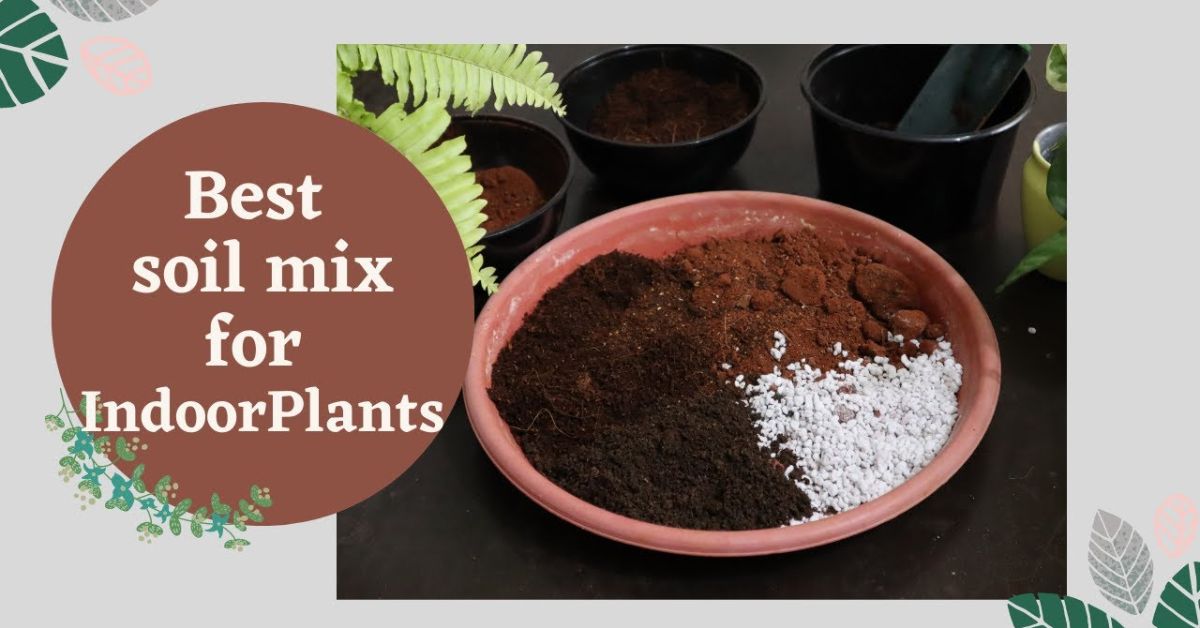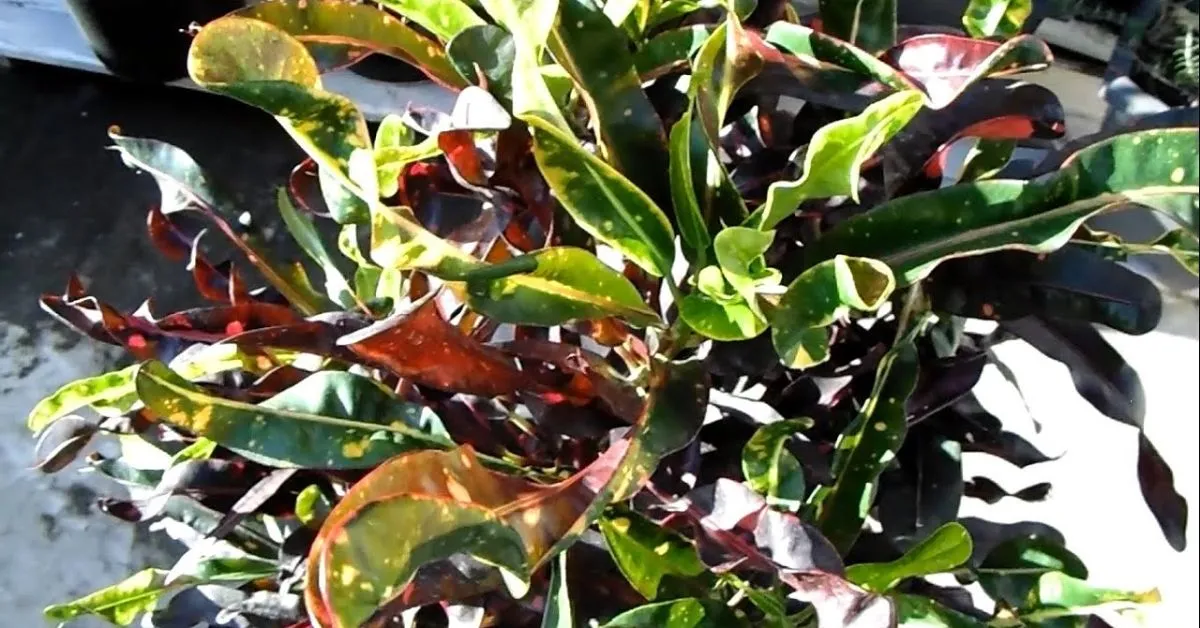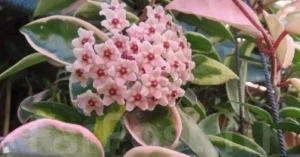You’ve likely spotted a Croton Mammy plant at your neighborhood cultivate center and fallen for its dazzling foliage. These tropical delights grandstand dynamic clears out that move from profound green to brilliant reds, oranges, and yellows. They’re outright showstoppers that’ll change any room into a colorful heaven.
Do not let their outlandish appearance scare you. Whereas Croton Mammy plant have particular needs, they’re shockingly sensible once you get it their inclinations. These plants pine for warmth, stickiness, and shinning light – think of reproducing their local Caribbean environment inside.
Starting your journey with a Croton Mammy plant means embracing a plant that rewards proper care with incredible visual impact. Get ready to learn the essentials that’ll keep your new leafy friend thriving and displaying those gorgeous, ever-changing colors all year long.
Benefits of Growing Croton Mammy plant Indoors or Outdoors
- Indoor advantages Year-round enjoyment, controlled environment, stunning houseplant display
- Air purification Helps remove indoor toxins and improves air quality naturally
- Outdoor tropical appeal Creates exotic garden focal points in warm climates
- Color variety -Leaves change colors with seasons and light exposure
- Low pest issues indoors Fewer problems with outdoor insects and diseases
- Flexible placement Easy to move indoors during cold weather if needed
Choosing the Right Location
Your Croton Mammy plant needs a spot that mimics its tropical homeland. Pick a room with stable temperatures between 65-80°F. Avoid placing it near drafty windows, air conditioning vents, or heating units that create temperature swings.
Think about foot traffic and accessibility too. You’ll want easy access for watering and maintenance. A bright living room corner or near a bathroom window works perfectly. Just ensure pets and small children can’t easily reach it since Croton leaves are toxic if ingested.
More Read : How to Prune Formosa Azalea for More Flowers
Light Requirements
Bright, indirect sunlight makes your Croton Mammy’s colors pop brilliantly. Place it within three feet of a south or east-facing window for optimal results. Direct afternoon sun can scorch those beautiful leaves, so filtered light works best.
Poor lighting turns vibrant foliage dull and green. If natural light is limited, consider a grow light positioned 12-18 inches above the plant. Watch your Croton closely – it’ll tell you if it’s happy by maintaining those stunning color variations.
Watering Guidelines
Water when the soil feels dry about an inch down. Stick your finger right into the potting mix to check moisture levels. Most Croton Mammy plant need watering every 5-7 days during growing season.
Use room temperature water and pour slowly until it drains from the bottom holes. Empty the drainage tray after 30 minutes to prevent root rot. During winter months, reduce watering frequency since the plant’s growth slows down significantly.
Ideal Soil and Potting Mix

- Well-draining potting mix Use a blend of regular potting soil with perlite or bark chips
- pH level between 4.5-6.5 Slightly acidic soil works best for nutrient absorption
- Good aeration Mix in coconut coir or peat moss to prevent soil compaction
- Container with drainage holes Essential to prevent waterlogged roots and rot
- Repot every 2-3 years Move to a pot just one size larger when rootbound
- Fresh soil annually Replace top 2 inches with new potting mix each spring
Temperature and Humidity Needs
Keep your Croton Mammy plant cozy with temperatures between 65-80°F year-round. These tropical natives hate cold drafts and sudden temperature drops. Even brief exposure to temperatures below 60°F can cause leaf drop and stress your plant badly.
Humidity levels around 40-60% keep your Croton thriving beautifully. Dry indoor air often causes brown leaf tips and dulled colors. Place a humidifier nearby, group plants together, or set your pot on a pebble tray filled with water for extra moisture.
Fertilizing Your Croton Mammy
Feed your Croton monthly during spring and summer with diluted liquid fertilizer. Use a balanced 10-10-10 or 20-20-20 formula mixed to half strength. Over-fertilizing burns roots and creates more problems than it solves.
Skip fertilizing completely during fall and winter months. Your plant enters a rest period and won’t absorb nutrients effectively. Resume feeding when you notice new growth appearing in early spring, typically around March or April.
Pruning and Maintenance Tips
- Remove yellow or brown leaves Cut at the base using clean, sharp scissors
- Pinch growing tips Encourages bushier growth and prevents legginess
- Wipe leaves monthly Use damp cloth to remove dust and improve photosynthesis
- Wear gloves always Croton sap can cause skin irritation in sensitive people
- Prune in spring Best time for major trimming when growth is most active
- Disinfect tools Clean pruning shears with rubbing alcohol between cuts
Common Problems and How to Fix Them

| Problem | Possible Causes | Solutions |
| Leaf Drop | Cold drafts, overwatering, stress | Move away from vents, check soil moisture, maintain stable temperatures |
| Brown Leaf Tips | Low humidity, fluoride in water | Use humidifier, switch to distilled water, mist regularly |
| Fading Colors | Insufficient light, aging leaves | Move closer to bright window, add grow light, remove old leaves |
| Yellow Leaves | Overwatering, nutrient deficiency | Reduce watering frequency, check drainage, fertilize monthly |
| Pest Issues | Spider mites, scale insects | Wipe leaves with neem oil, increase humidity, isolate plant |
| Wilting | Under watering, root problems | Water thoroughly, check for root rot, improve drainage |
| Slow Growth | Poor light, old soil, wrong season | Provide brighter light, refresh potting mix, wait for spring |
| Crispy Leaves | Low humidity, direct sun exposure | Increase moisture levels, filter harsh sunlight, move location |
Final Tips for Keeping Your Croton Mammy plant Healthy
- Rotate weekly Turn your plant a quarter turn each week for even growth and color development
- Monitor seasonal changes Adjust watering and fertilizing based on your plant’s natural growth cycles
- Keep a plant journal Track watering dates, fertilizer applications, and any changes you notice
- Quarantine new plants Isolate any new houseplants for 2 weeks to prevent pest spread
- Watch for early warning signs Address yellowing leaves, brown tips, or pest issues immediately
- Maintain consistent care Stick to regular routines rather than sporadic intensive care sessions
- Clean leaves regularly Dust buildup blocks light and reduces your plant’s ability to photosynthesize
- Use filtered water Tap water chemicals can cause leaf burn and affect soil pH over time
- Group with other plants Creates a natural humidity bubble that benefits all your houseplants
- Be patient with changes Crotons take time to adjust to new environments and care routines
Frequently Asked Questions
Q: How often should I water my Croton Mammy?
A: Water when the top inch of soil feels dry, typically every 5-7 days during growing season.
Q: Why is my Croton leaves losing their bright colors?
A: Insufficient light causes color fading. Move your plant closer to a bright window or add a grow light.
Q: Is Croton Mammy safe around pets and children?
A: No, all parts of the plant are toxic if ingested. Keep it away from curious pets and small children.
Q: When should I repot my Croton Mammy?
A: Repot every 2-3 years or when roots grow through drainage holes. Spring is the best time for repotting.
Q: Can I grow Croton Mammy outdoors year-round?
A: Only in USDA zones 10-12. In cooler climates, bring it indoors when temperatures drop below 60°F.
Conclusion
Developing a Croton Mammy plant effectively isn’t rocket science once you get it its essential needs. These dazzling plants compensate reliable care with unimaginable foliage shows that’ll brighten any space. Keep in mind the key variables: shinning circuitous light, legitimate watering, warm temperatures, and satisfactory mugginess.
Don’t get discouraged if you encounter problems along the way. Every plant parent faces challenges, and Croton Mammy plant are quite forgiving once established. Watch for signs your plant gives you and adjust care accordingly. Those vibrant leaves will tell you exactly what they need.
Your Croton Mammy plant journey starts with patience and observation. With the guidelines in this care guide, you’re well-equipped to enjoy years of tropical beauty in your home. Start with these basics, stay consistent, and watch your colorful companion thrive magnificently.




